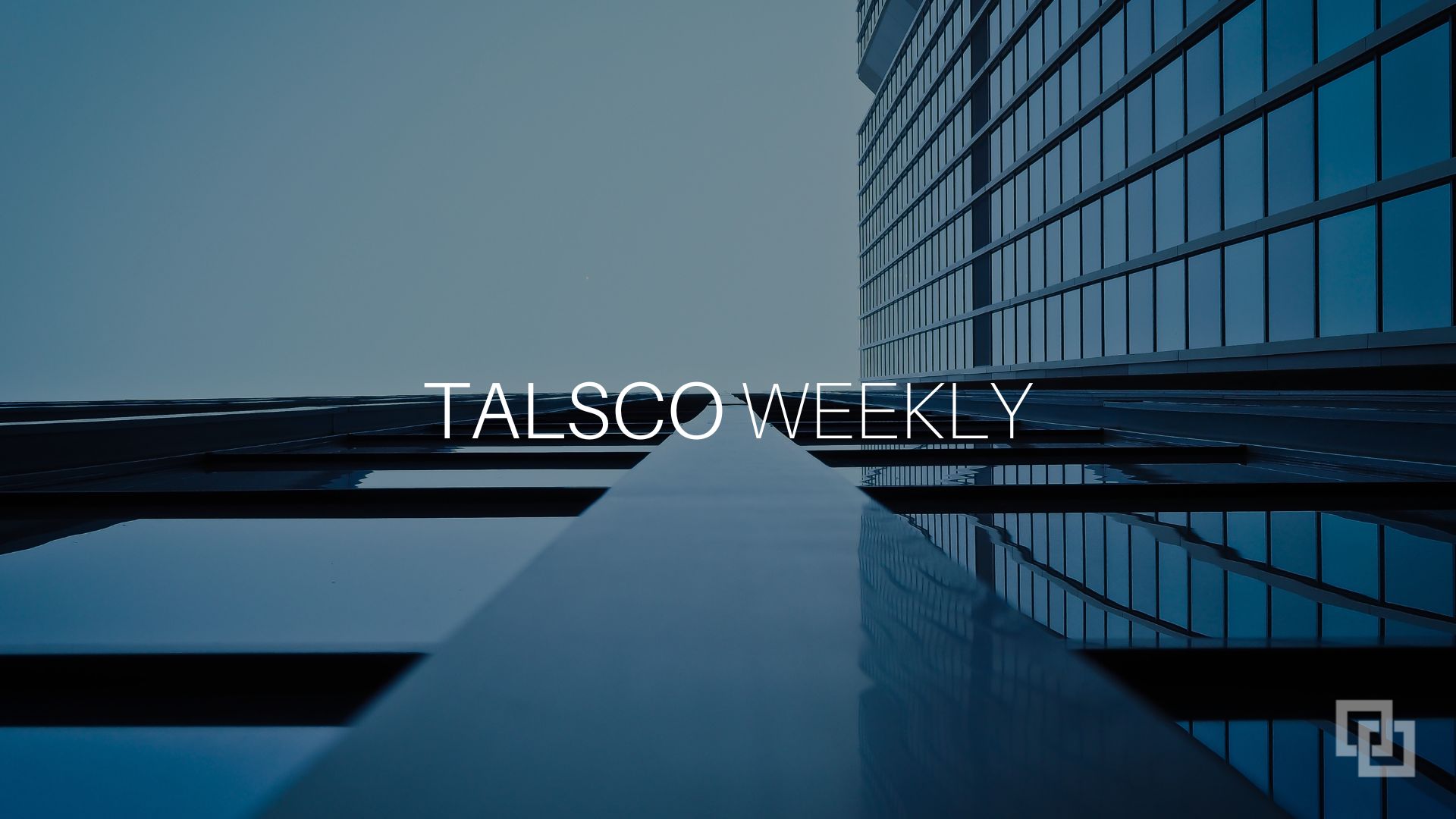Welcome to another edition of Talsco Weekly
- Modernization: IBM i Application Modernization. Reduce the Pain of Modernizing.
- Technical Debt: Technology debt, Risk and Reward. Redefining Technical Debt.
Modernization
IBM i Application Modernization
We spend all day, everyday, helping companies in the IBM i space find the talent they need so they can modernize.
When we ask them, how do you approach modernization? We get a variety of different answers because every business is unique. Their IBM i (AS/400) core business systems, developed primarily in RPG, have been built over the course of the past 30 years.
It is essential, “for organizations looking to keep their IBM i assets relevant in an increasingly digital world,” to be aware of the spectrum of choices available. This will help them make the best choice for their particular situation.
Every organization is different.
We run into IBM i shops with as little as two people and up to as many as 100. Some have custom, in-house ERP systems, and others have heavily modified, packaged ERP systems. In many cases, these software vendors are no longer in business.
The Path To Modernization.
IBM i “organizations are left to wonder what they should do with their applications, if anything. The organizations have relied on these RPG applications for decades, in some cases and they have served the organizations well, for the most part. However, there is uncertainty about the future of many of these applications, which is bringing the topic of application modernization to the forefront.”
Retiring RPG Developer Community.
While remote work has provided “The Simple Solution for Finding RPG Developers” that we have been talking about for years, long term it will not completely solve the number of retirements that are hitting the RPG community. The time for Modernization is now.
The IBM i Modernization Advantage.
This article points out:
“The IBM i server and the applications that run on it aren’t necessarily excluded from participating in that digital transformation. They can help organizations execute their digital strategies. In fact, thanks to the server’s qualities around security, reliability, and efficiency, it may be better at it than other platforms.”
In our practice, we find that many IBM i shops feel this way. They realize that the IBM i and the associated applications are their secret sauce. At the same time, they realize there is a need to modernize and extend their RPG applications to take advantage of Cloud, Data, eCommerce and other digital platforms and technologies.
How?
IBM i shops need to ask themselves if they are:
- An investor in the platform.
- A maintainer of the status quo.
- Or in the process of divesting assets off the platform.
Depending which category, or combination of the three, you fall into will determine your approach.
The article here, gives an example for each one of the three categories above. I encourage you do dive in to get the details.
Reduce the Pain of Modernizing
IBM i platform is intertwined with business processes and thus modernization (can be) is challenging.
This article asks the question, “Should you replatform or refactor?”
The answer is in the details, but ultimately it “depends on your business drivers. For many companies, the answer is both.”
Technical Debt
Technology debt, Risk and Reward
While this article defines technology debt in the more traditional sense, it also draws a similar conclusion that clearing out tech debt will allow organizations to reduce risk and ultimately grow revenue.
Takeaways:
- “Reducing technical debt facilitates three positive outcomes: revenue growth, risk reduction and increased innovation. Instead of seeing technology debt as a burden, chief information officers and IT leaders should focus on the new opportunities that will emerge from addressing technology debt.”
- “As the pace of technological change increases, doing nothing about depreciated assets and legacy contract renewals becomes more dangerous.”
- “Proactively reducing technical debt increases adaptability, which is essential for digital business.”
Technical debt often creates unnecessary costs and risks, holding businesses back from optimization and opportunities to grow revenue.
Here is a different take on technical debt. Though it comes from outside the IBM i community, this is often were we find different perspectives that are very valuable.
It’s an interview with Josh Builder, the CTO for Signify Health. He feels that:
“the most exciting tech trend is marrying old ‘tried and true’ patterns with new and innovative technology.”
His role is similar to CTOs, CIOs, and other IT leaders in the IBM i space.
His role is “to “bring a technology perspective to the business strategy.”
The key take away here is his idea of redefining how we look at technical debt.
He says:
“In terms of challenges, it’s my sense that we need to replace the notion and concept of technical debt. The term ‘tech debt’ gets thrown around a lot, but if we’re honest it’s just a negative term for the work we’re doing that’s reaching the end of its life.
We should replace it with a new idea that to support a business, tech orgs need to constantly reevaluate decisions, architecture and systems to make sure they are ready for what the future definition of scale is.”
Bingo. This is exactly where the the IBM i community is today.
Does it mean we throw out the valuable technical assets that have been developed in IBM i shops?
No. But it does mean we need to rethink the strategy.
Join
Sign up for Talsco Weekly to get the latest news, insight and job openings for the IBM i professional.
Contact us
If you are an RPG programmer looking to explore opportunities or a client who is looking for a talented IBM i professional, please contact us. We look forward to assisting you.
Share
Do you know of someone who could benefit from Talsco Weekly? If so, please use the social media buttons to spread the word. Thank you!
